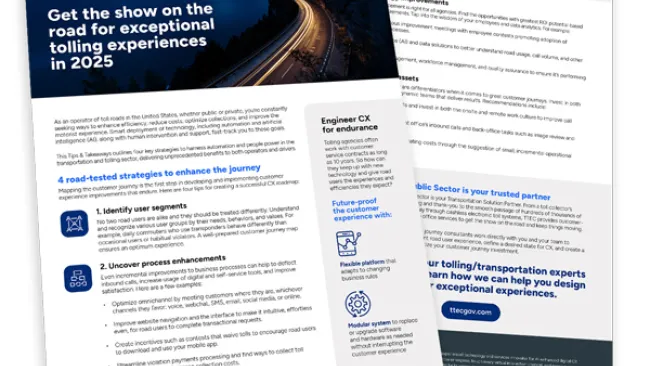The Centers for Medicare and Medicaid Services (CMS) is raising the stakes on patient and member experience for health insurance organizations. CMS recently introduced changes to its Five-Star Quality Rating System that place greater weight on measures related to patient experience while reducing an emphasis on process measures.
Each year, CMS rates Medicare Advantage and Part D prescription drug programs on a five-star scale, based on how well they performed in the prior year, with five stars representing the best plan performance and quality. Plans that are awarded four or more stars earn a 5% bonus on CMS payment benchmarks, as well as higher rebates which are used to provide better member benefits. McKinsey & Company estimated in a report that in 2020, MA plans in aggregate received around $12.2 billion in stars-related payments.
The idea behind this bonus payment system is twofold. First, it rewards plans that do well by awarding them a higher bonus payment. Second, it brings down overall Medicare program costs by cutting down on payments made to plans in excess of projected spending. Plans that fail to perform are penalized or risk contract termination for consistently low ratings. For consumers, the system offers an easy way to shop for and compare plans during enrollment periods.
What’s new
In 2020, CMS indicated that patient experience metrics would begin to carry more weight in determining the MA plans’ star ratings as a reflection of the agency’s efforts to “put patients first and to empower patients to work with their doctors to make healthcare decisions that are best for them.”
The star rating score is comprised of more than 40 measures, which are divided into different categories, such as “Patient experience and complaint measures,” “Measures capturing access,” and “Process measures.” Each category is assigned a weight of one to five and under the new adjustments, the patient experience, complaints, and access categories will increase in weight from 1.5 in 2020 to 2 in 2021. By 2023, the weight of these categories will be a 4, representing about 57% of the overall stars ratings.
Meanwhile, process measures will represent only 17% of the star ratings in 2023, down from 25% in 2020. In other words, payers that prioritize sales process measures over patient and member relationships will see a decline in their overall rating and ultimately, in their revenue.
No time to lose
Plan administrators need to act now to adapt to the rating changes. Even for five-star plans, maintaining current performances may not be enough. “As other plans improve their performance on customer experience metrics, the threshold performance required to earn high stars ratings on customer experience measures could increase since stars measures are scored on a curve,” McKinsey & Company noted.
To stay on top of the star ratings program, a clear focus on higher overall plan quality is the right approach. Any improvements need to be holistic and considered from the point of view of the entire member lifecycle, not just focused on improving the individual measures that comprise the inputs to the star ratings. Ratings can drop for many reasons. While some of these are relatively easy to fix, such as getting members to take an annual flu vaccine, others might prove to be more of a challenge, such as patient adherence to prescription medication guidelines.
Consider the evaluation of a member's overall rating of a health plan. An overall rating is the sum of many factors, largely driven by that member's experience with the health plan across multiple interactions. At each of these interactions, a member's expectations on the desired experience can vary widely from member to member.
A member who has just turned 65, is still working, and lives at home has a different set of needs and expectations than an older member who is 80 and lives in a retirement home. A member with a chronic illness will require more attention and handholding than a member who comes in for screenings and basic checkups.
In order to create a satisfied member who will give a high overall rating for the health plan, the payer must create customized interactions that will meet each member's needs at multiple points in the member experience. To do this, each member's needs, behaviors, and value to the health plan must be carefully analyzed from the point of view of the member lifecycle.
A holistic approach to improving ratings can thus ensure that the member's needs are met during each interaction and will leave the member satisfied and less likely to switch plans the next time the open enrollment period comes around.
Another benefit of a holistic approach is that CMS updates the inputs to its star ratings annually. The agency has structured the star ratings strategy to be consistent with its three-part aim: better care, healthier people and communities, and lower-cost care through improvement. Any future updates to the measures will incorporate this strategy. Therefore, an approach to create the ideal experience must look at all aspects of the member lifecycle; otherwise the result will be a piecemeal approach that will result in lopsided or short-term gains to the ratings.
Experience matters
Companies across a wide spectrum of industries have been competing on customer experience for years. Although the healthcare industry still has a long way to go before it can catch up, CMS’ initiative to raise the bar on patient and member experience is an important step in the right direction. After all, a positive member experience can lead to higher enrollment, higher plan satisfaction, and lower costs—a winning situation for everyone.















